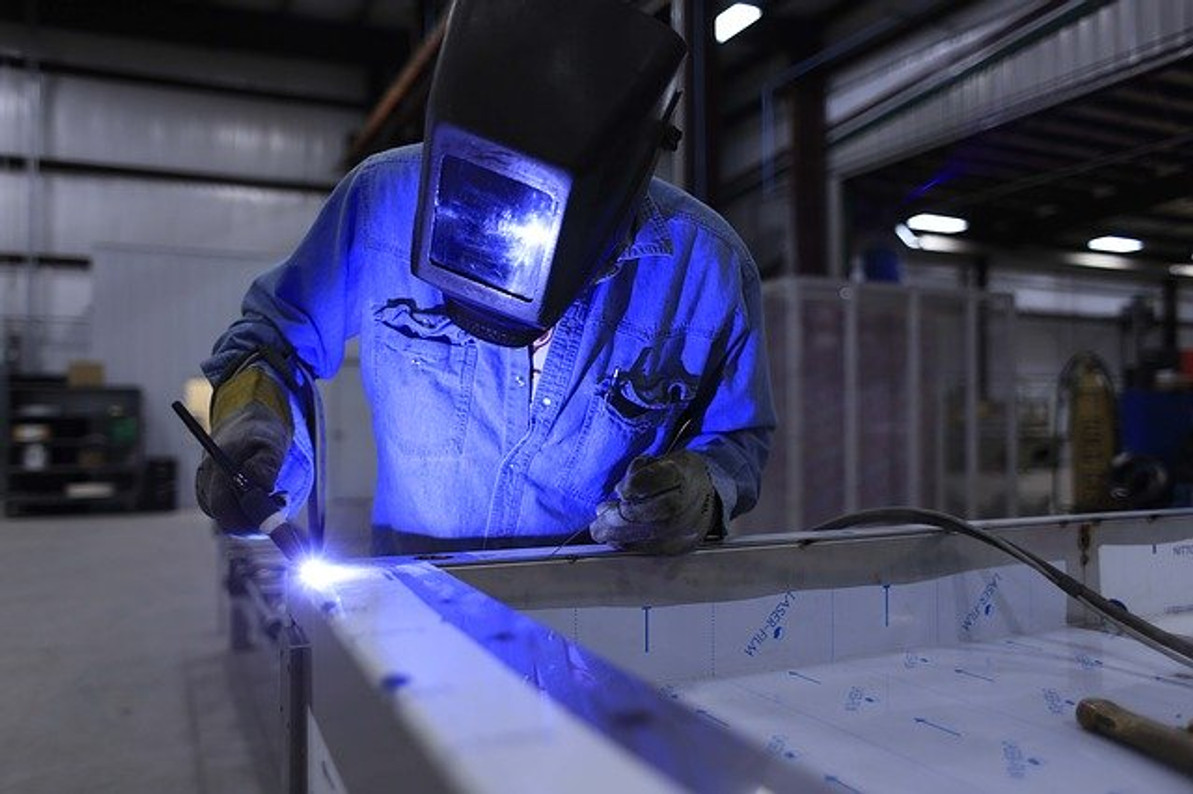The Dangers of Carbon Monoxide in the Workplace
Carbon monoxide poses a major threat to the health of workers. It's a colorless, odorless toxic gas that cause poisoning when inhaled. Research shows that over 400 people die each year from carbon monoxide poisoning. While most instances of carbon monoxide poisoning occur in homes and households, some of them occur in workplaces as well. If you own or manage a business, you should take preventative action to protect workers from this toxic gas.
Overview of The 'Silent Killer'
Carbon monoxide is often known as the "silent killer" because of its discreet nature. Since it doesn't have an odor or color, it can build up within enclosed spaces without being noticed. It's only when workers begin to experience symptoms of carbon monoxide poisoning -- nausea, fatigue, headache, etc. -- that it becomes noticed.
Install Detectors
The single most important thing you can do to prevent carbon monoxide in the workplace is to install detectors. There are carbon monoxide detectors that are designed to trigger a loud alarm in response to this toxic gas. Carbon monoxide detectors are similar to smoke alarms. Rather than detecting smoke from a fire, though, they detect carbon monoxide. You should install carbon monoxide detectors throughout your workplace to protect workers from this toxic gas.
Improve Ventilation
Ventilation, or lack thereof, can affect the risk of carbon monoxide poisoning in the workplace. The danger posed by carbon monoxide varies depending on how much of the toxic gas is present in the respective space. Trace levels of carbon monoxide are generally harmless. They'll dissipate in the air without posing a risk to workers. If there's a substantial amount of carbon monoxide present, on the other hand, it may cause illness in workers who are exposed to it.
Improving the ventilation in your workplace will reduce buildups of carbon monoxide. Rather than accumulating in your workplace, carbon monoxide will be released outside.
Maintain Gas-Powered Equipment
Gas-powered equipment can produce carbon monoxide. When gas is burned, carbon monoxide is created as a byproduct.
Many workplaces use gas-powered equipment. If your workplace falls under this category, you should focus on maintaining the equipment so that it operates properly and doesn't release an excessive amount of carbon monoxide. Gas-powered equipment, in fact, should only be used in open spaces. You can learn more about the dangers of carbon monoxide poisoning in the workplace by visiting the Occupational Safety and Health Administration's (OSHA's) website.
Recent Posts
-
Fire Safety in the Workplace: What You Need to Know
What steps are you taking to prevent fires in your workplace? According to the U.S. Occupational Saf …Aug 23rd 2023 -
Is It Safe to Go Jogging With a Cold Infection?
If you're suffering from a cold infection, you might be wondering whether it's safe to go jogging. T …Aug 22nd 2023 -
5 Safety Tips to Follow When Using a Powder-Actuated Tool
Powder-actuated tools are commonly used to join materials to steel and concrete. Also known as Hilti …Aug 20th 2023




